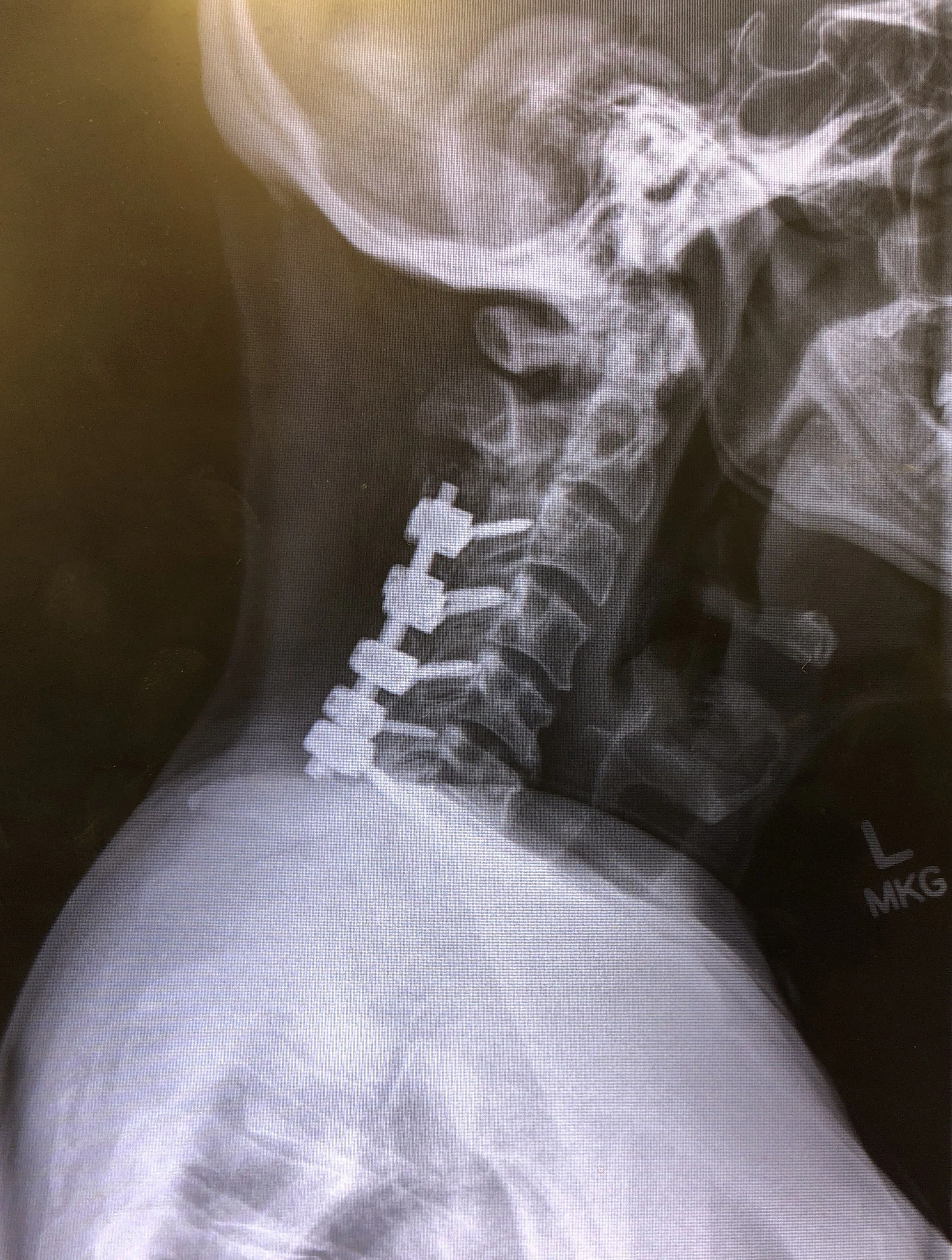Spinal Cord Injury
/HH had been walking with a cane due to his spinal stenosis when he slipped and fell and hit his head. He went straight to the ER because his fall left him with quadriparesis (weakness in his arms and legs) and diffuse paresthesia (tingling).
After his initial consult, HH was diagnosed with incomplete spinal cord injury and cervical disc disease with myelopathy.
Incomplete spinal cord injuries are dangerous and need to be treated quickly to prevent possible progression to permanent nerve damage and complete loss of function below the injury site. The quicker the incomplete spinal cord injury is treated the better the chance of recovery.
However, HH was dealing with financial hardship, which was why he had not had surgery for the spinal stenosis he had before his fall. He could not afford the surgery that was necessary to prevent the inevitable severe disability.
C3-7 Posterior Instrumented Fusion
INI does not believe anyone should have to make that choice. We stepped in and removed the financial barriers he faced so that he could get his necessary, function-saving surgery.
The next day, Dr. Vokshoor performed a C3-7 (neck) posterior instrumented fusion with complete laminectomies and aggressive foraminotomes to decompress the spinal cord and nerve roots, correcting HH’s severe cord compression which caused the incomplete spinal cord injury.
Thankfully, the quick surgery saved HH’s ability to walk. He is now working with a physical therapist he can afford to continue his recovery.



